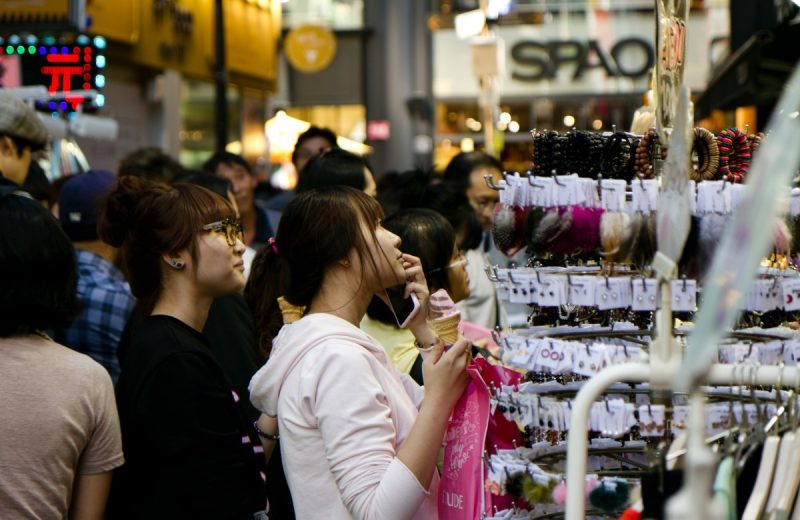Written by MarketMap
Is language really a barrier when speaking to each other, or is how we speak to each other the real barrier?

These are some things retailers should think about when communicating with customers.
Why does Chen feel that Sue doesn’t really understand her? Why does Mary’s boss not understand why she works in a ‘unique’ way? Why is the shop keeper treating Mark’s grandfather differently to Mark?
Do they feel misunderstood because they have two very different backgrounds? Or is it because they just don’t know each other that well? Or is it a bit of both? More specifically, is it their gender, age, language, ethnic or religious background or some other reason?
What can the 2016 CENSUS reveal about who your customers are and how to communicate with them?
The 2016 Census* not only revealed that we speak more than 300 languages at home, but more than one in five Australians (21%) speak a language besides English at home. After English, Mandarin remains the most common language, spoken at home by one in every 40 Australians.
Moreover, six in ten of our overseas-born population speak a language other than English at home. For those born in Australia, less than one in ten speak a language other than English at home.
How can we better communicate with our audience? Is it by better understanding how we want to be communicated to?
If you’ve ever visited a foreign country where they spoke a non-English language and you tried to speak their language you probably noticed a smile on their face! The point is, if you are trying to understand their language, you are trying to listen and understand their culture and most importantly, the person.
Of course this also depends on the context of the situation, for example, does that person think I’m making fun of their language? But even this can open up a whole new conversation!
If we try to interpret the underlying facts of the new 2016 CENSUS, we can see it is not necessarily about where we come from, or what we do, or what believe in, but it is mostly likely about being willing to better understand the individuals we engage with and take the time to listen and truly understand them. Maybe it’s not about integrating into one nation and being more alike, or trying to hold on so much to our cultural background, for example, but maybe it’s about respecting each other’s unique individual self.
In other words if you are genuine or real about yourself, your intentions, and respect others for who they are as individuals, everything else starts to become less significant and the communication really begins.
Today’s retailers more than ever before need to know who live, work and visit their neighbourhood.
This will make a big difference on how to communicate and engage with your customers and potential customers.
Being sincere when selling something is often questioned by customers. By trying to understand their individual dispositions as well as their backgrounds, e.g. language or culture, they are more likely to engage and hear more about what’s on offer. That is if retailers can tailor their offering different to what people expect, the easier it will be to sell to them.
By better understanding the people in the neigbourhood, retailers will reap the rewards of more business and loyal customers.
MarketMap can assist you in better understanding our differences at a localised level. Contact MarketMap and they will help bring the realities of the new CENSUS to you and your organisation.
Visit: www.marketmap.biz or call 02 9436 3820 for more information.
*Source: 2016 Census Data, Australian Bureau of Statistics


